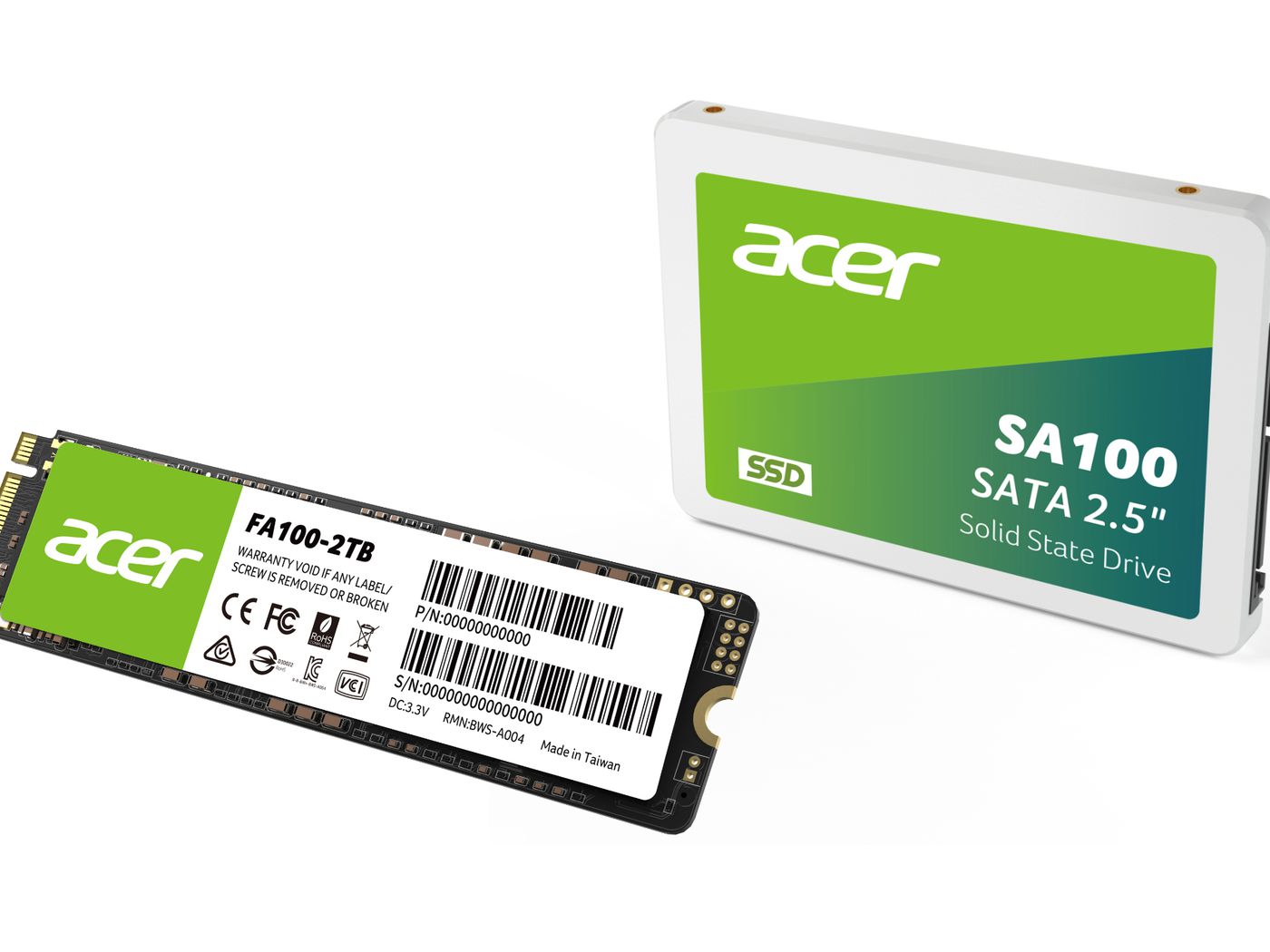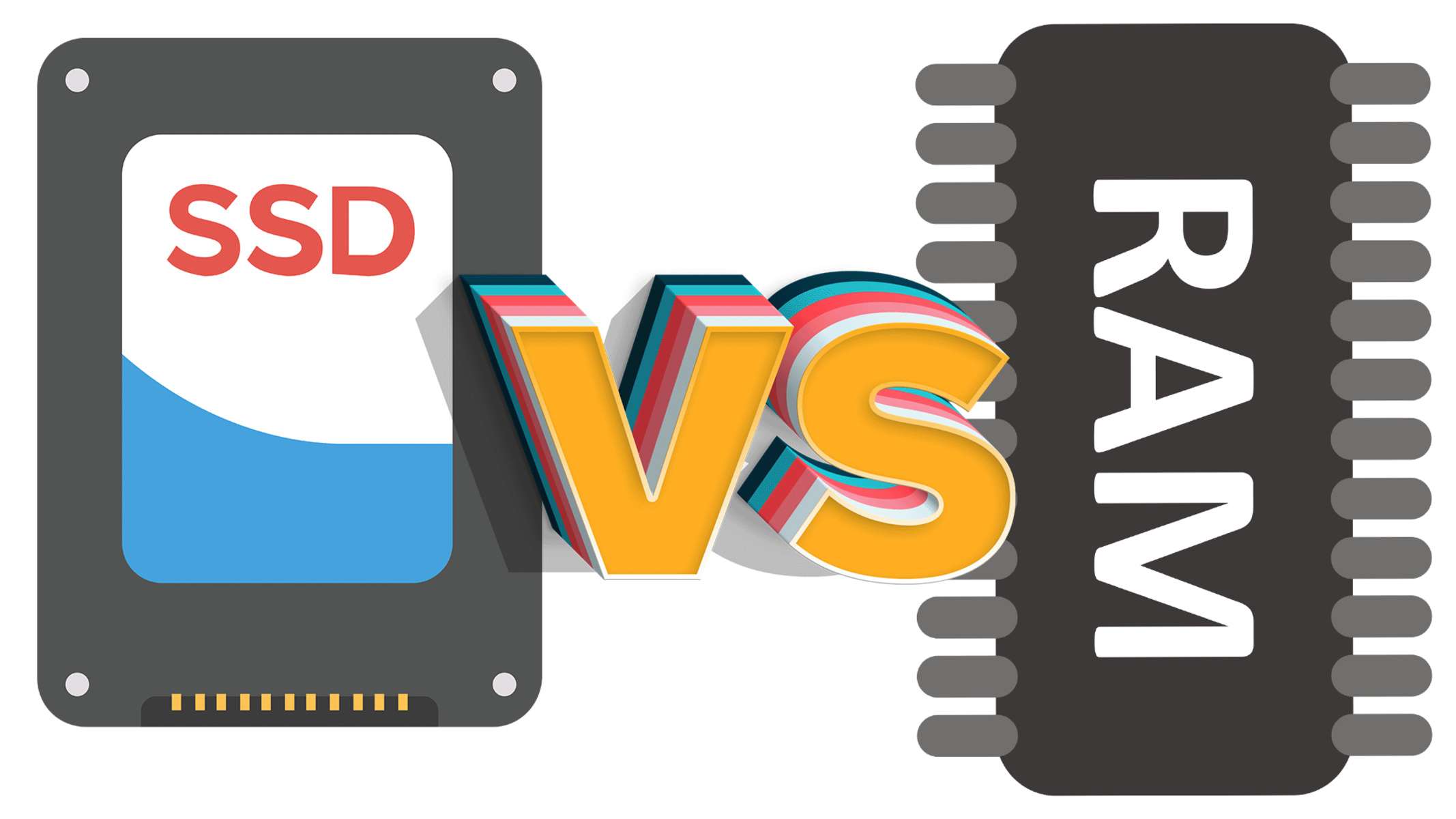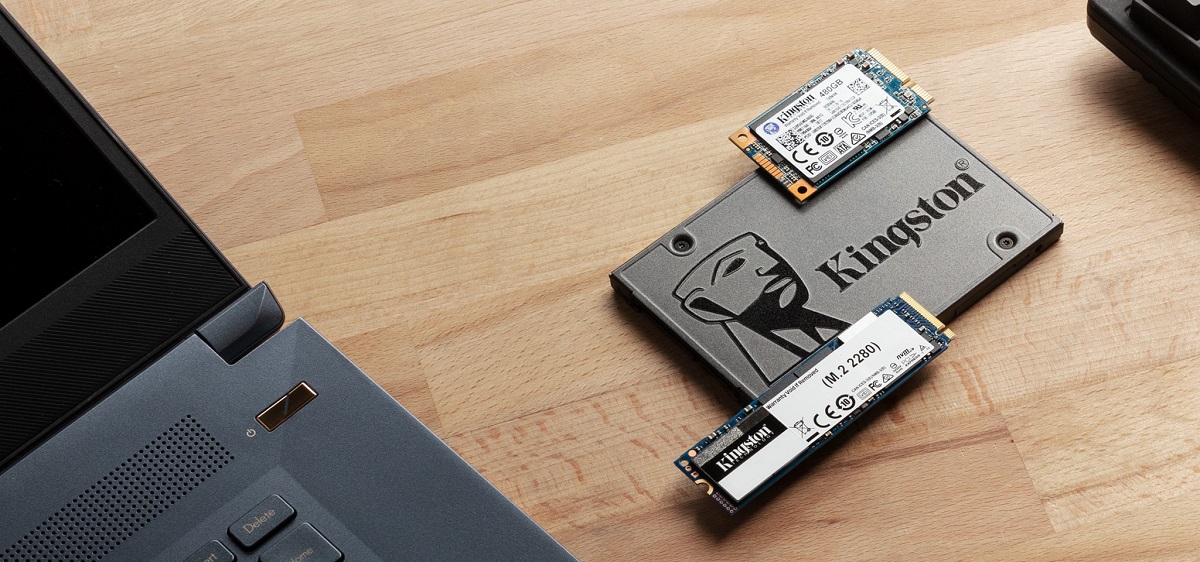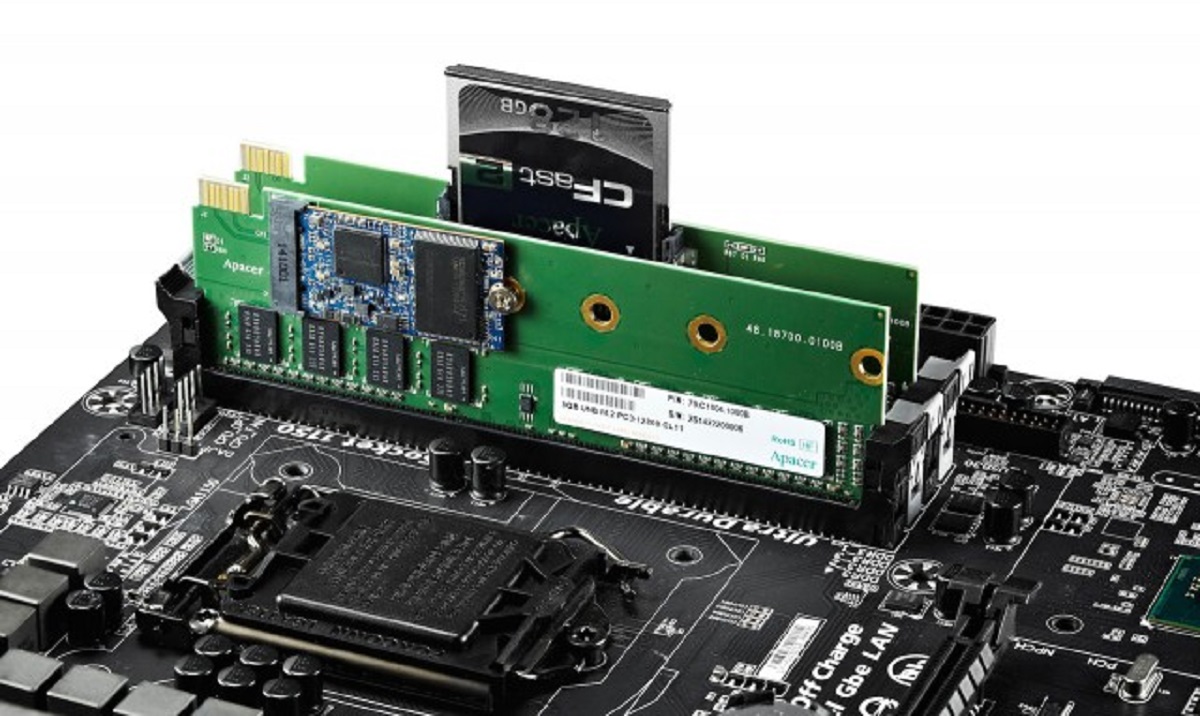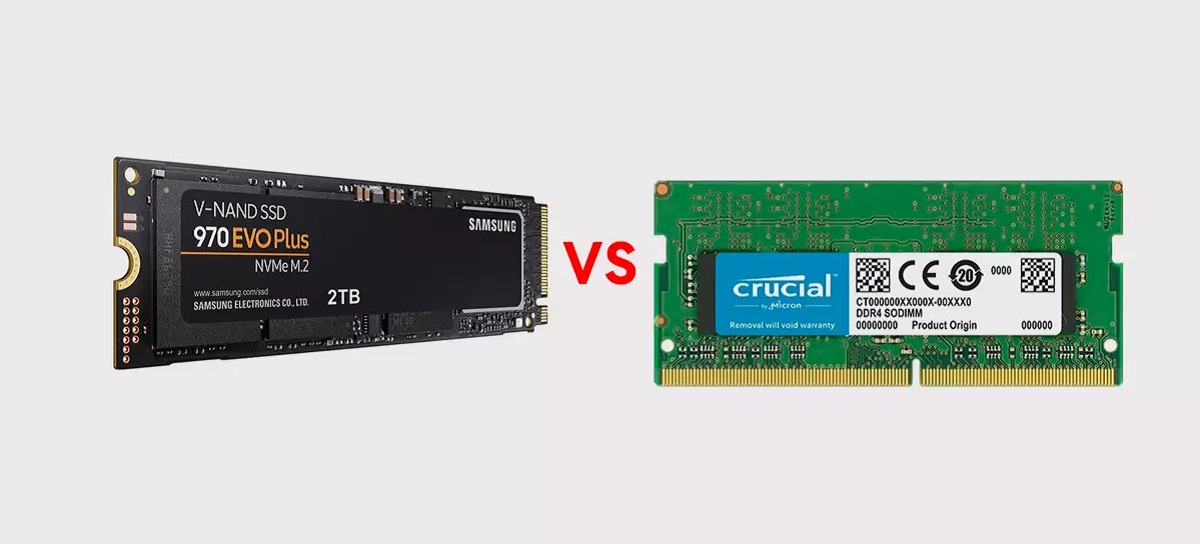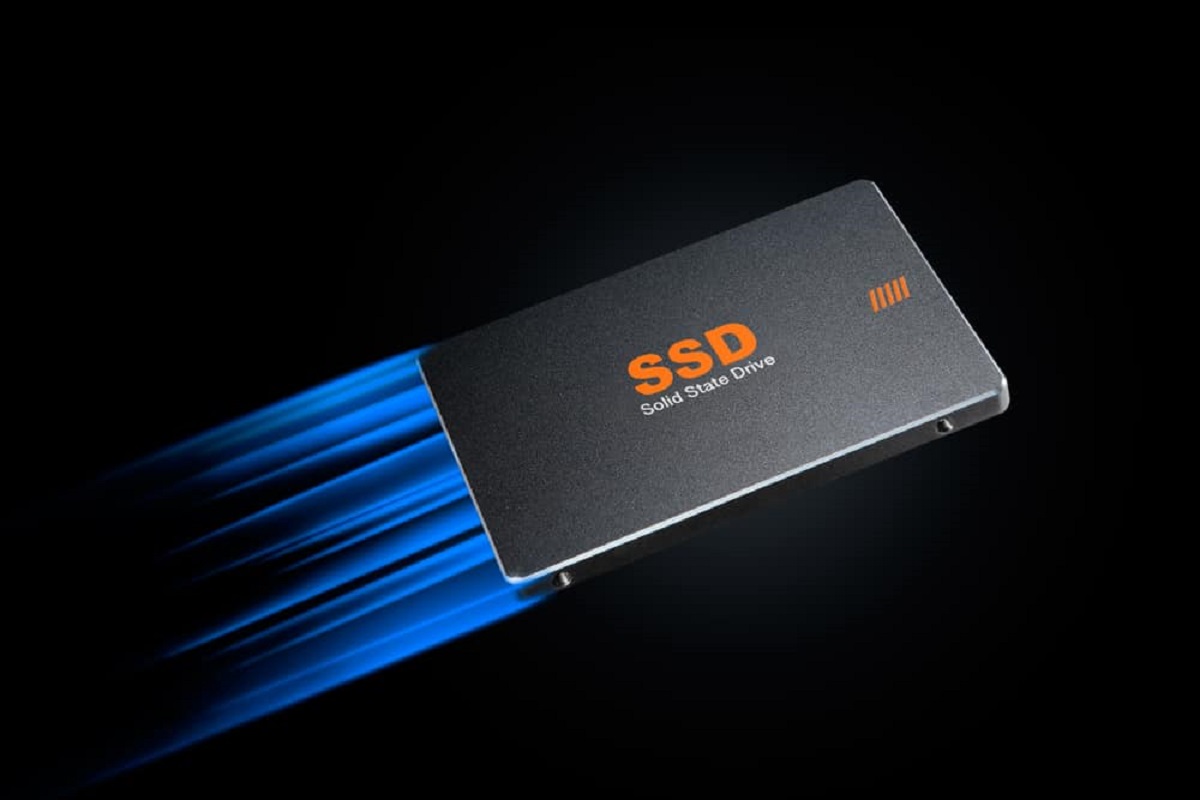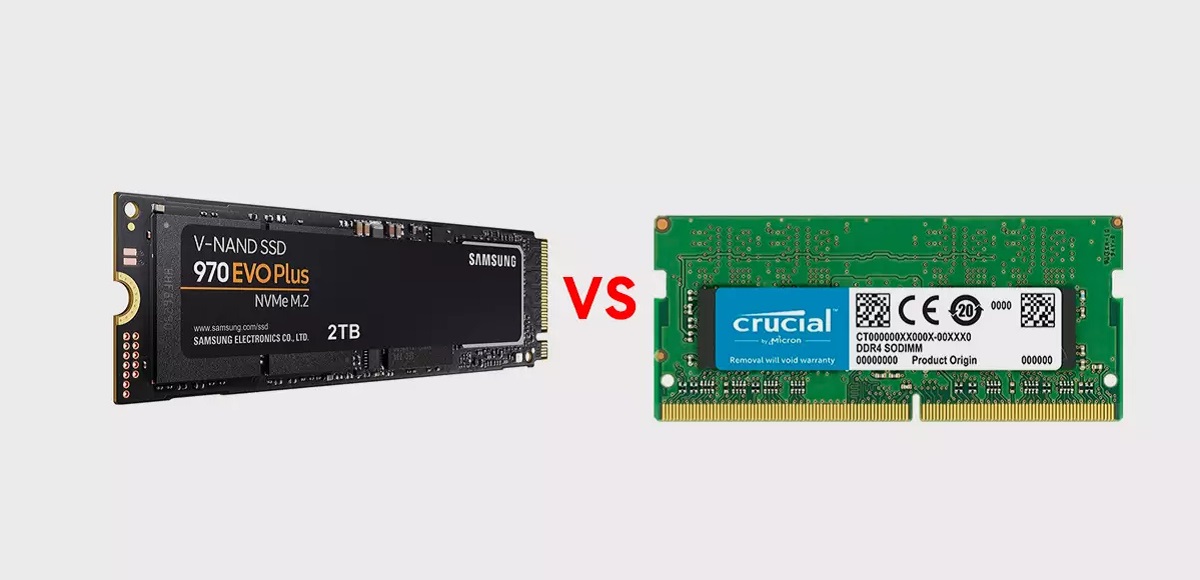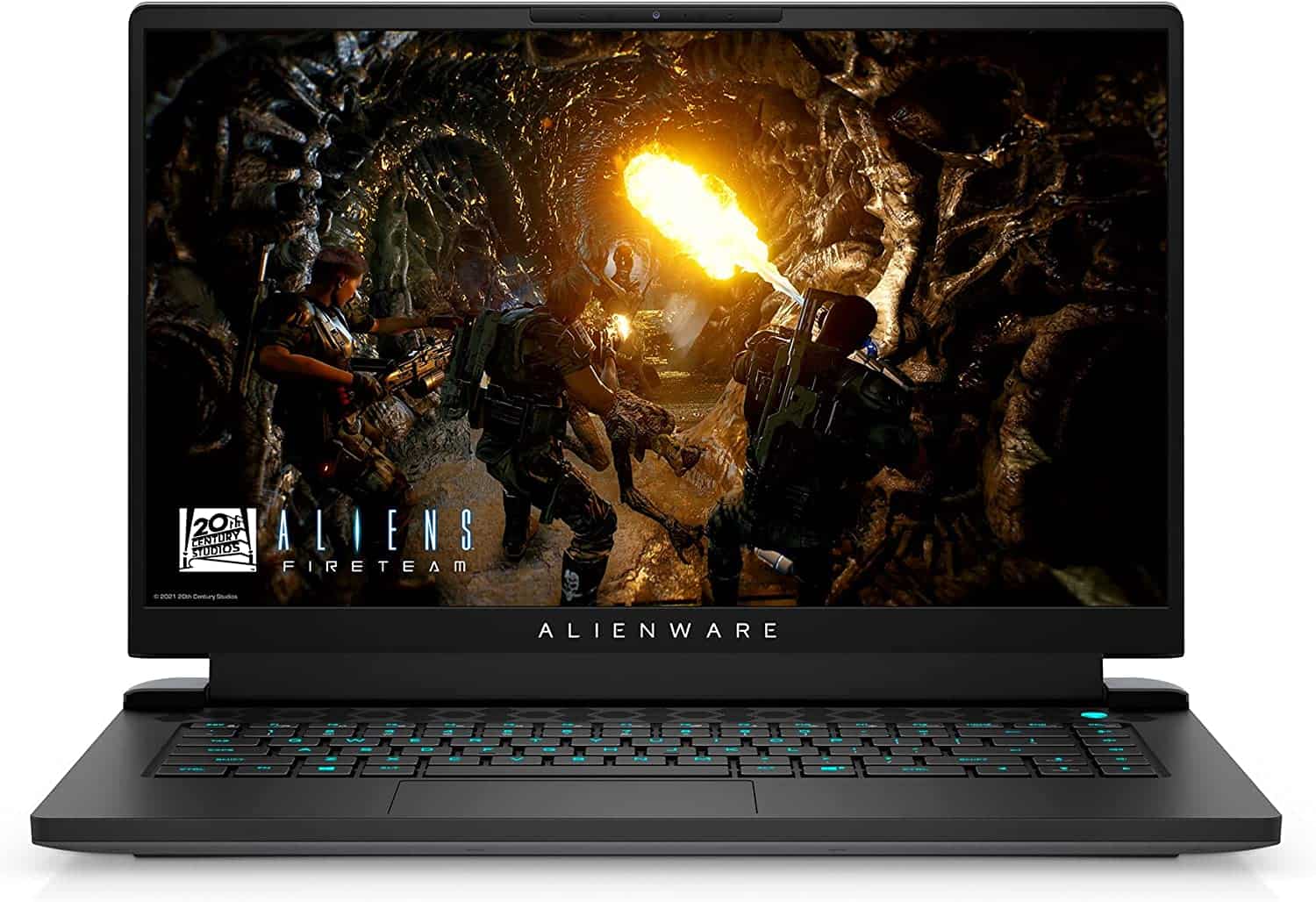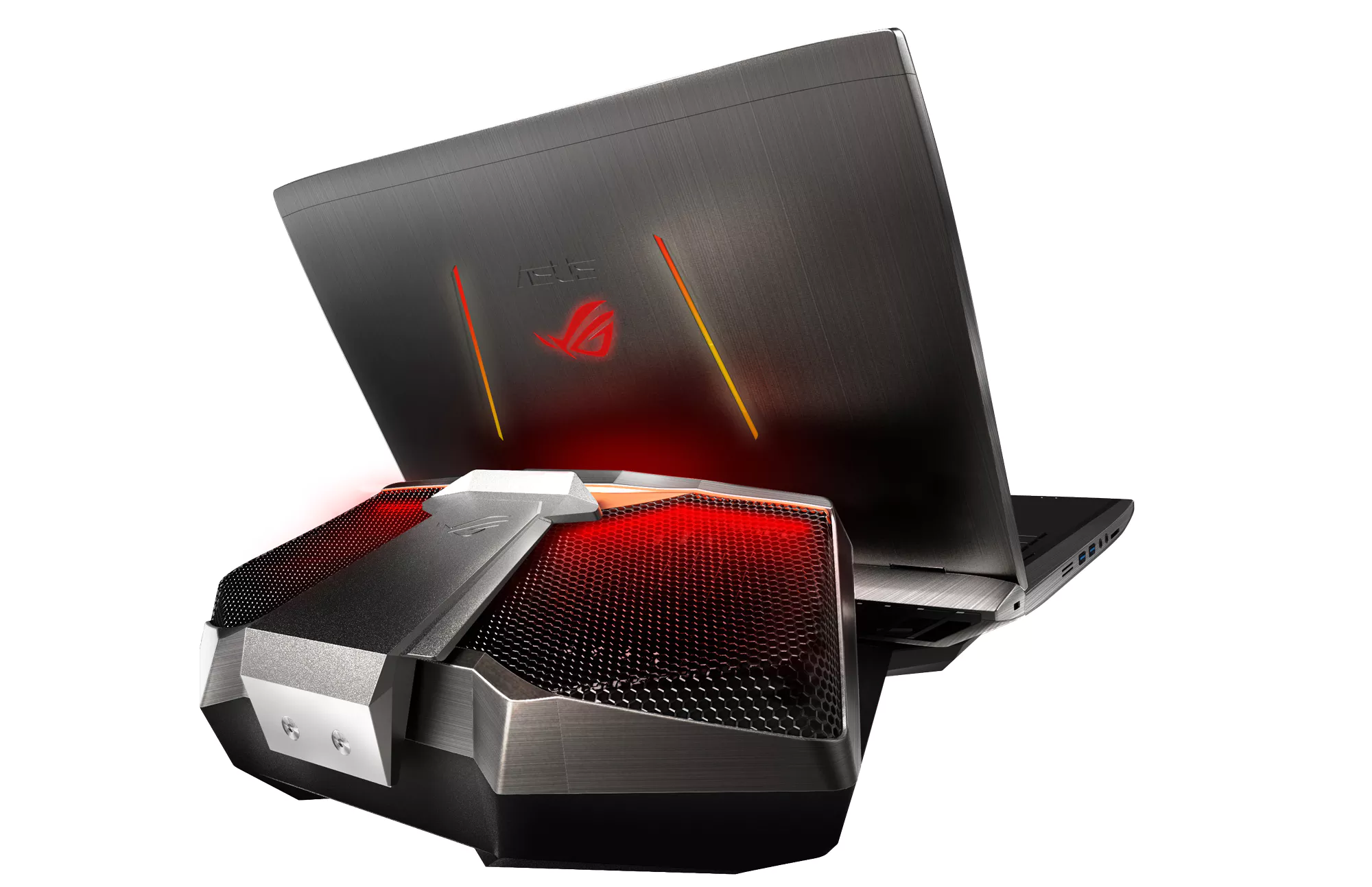Introduction
Welcome to the world of computer hardware! When it comes to improving the performance and efficiency of your computer system, two key components play a vital role: Solid State Drive (SSD) and Random Access Memory (RAM). These two terms might be familiar to tech enthusiasts, but for those who are new to this field, understanding the difference between SSD and RAM can be a bit confusing.
SSD and RAM are both essential components of a computer system, but they serve different purposes. In simple terms, SSD is a type of storage device used to store data, while RAM is a type of memory used to temporarily store data that is actively used by the computer’s processor.
In this article, we will delve deeper into the specifics of SSD and RAM, and explore the key differences between them. By the end of this article, you will have a clear understanding of the unique functions that SSD and RAM serve, and how they impact the overall performance of your computer.
So, let’s dive in!
What is SSD?
A Solid State Drive (SSD) is a storage device that uses flash memory to store and retrieve data. Unlike traditional hard disk drives (HDDs) that use spinning disks and magnetic components, SSDs have no moving parts. This results in faster data access times and increased durability.
SSDs are designed to replace HDDs and provide significant improvements in terms of speed, performance, and reliability. They are commonly used in laptops, desktop computers, and even in high-performance servers.
One of the key advantages of SSDs is their incredible speed. Since SSDs do not rely on mechanical moving parts to access data, they can read and write data at a much faster rate compared to HDDs. This translates to shorter boot times, faster application launching, and overall snappier system responsiveness.
SSDs also excel in random read and write operations, which are essential for tasks such as multitasking, gaming, and running resource-intensive applications. With an SSD, you can transfer large files, load complex graphics, and process data more efficiently.
In addition to their speed, SSDs offer other benefits. They consume less power than HDDs, which leads to increased battery life for laptops and lower energy bills for desktop computers. SSDs are also more resistant to physical shocks and can withstand rough handling, making them ideal for portable devices.
Furthermore, SSDs operate silently since there are no moving parts. This makes them perfect for environments where noise reduction is desired, such as recording studios or quiet office spaces.
Overall, SSDs are a game-changer in the world of storage technology. They provide faster performance, higher reliability, and increased energy efficiency compared to traditional HDDs. As a result, upgrading your computer with an SSD can significantly enhance your computing experience.
What is RAM?
Random Access Memory (RAM) is a type of computer memory that stores and provides quick access to data that the computer’s processor needs to perform various tasks. Unlike storage devices like SSDs or HDDs, RAM is volatile memory, which means that it only retains data as long as the computer is powered on.
RAM plays a vital role in the overall performance of a computer system. It acts as a temporary workspace, allowing the processor to quickly retrieve and store data without having to access the slower storage devices. This enables faster data transfer and significantly improves the responsiveness of the system.
When you open applications or run programs on your computer, RAM is used to load and temporarily store the data needed for those tasks. The more RAM you have, the smoother and more efficient your computer’s performance will be, especially when multitasking or working with memory-intensive applications such as video editing software or virtual machines.
RAM operates at a much faster speed compared to storage devices like SSDs or HDDs. It has ultra-fast access times, which means that the processor can quickly retrieve and process data from RAM, significantly reducing the time it takes to execute commands and perform operations.
RAM capacity is an essential consideration when it comes to computer performance. Having more RAM allows your computer to handle larger and more complex tasks simultaneously. For example, if you often work with large datasets or run memory-intensive software, having ample RAM is crucial to ensure smooth and efficient operation.
It’s important to note that while RAM provides quick access to data, it is temporary storage. When you shut down or restart your computer, any data stored in RAM is lost. This is why it’s crucial to save your work or data to a non-volatile storage device like an SSD or HDD to prevent data loss.
In summary, RAM is a crucial component of a computer system that provides fast and temporary storage for data that the processor needs to perform tasks. Its capacity and speed directly impact the overall performance and efficiency of the computer, particularly in memory-intensive operations.
Differences between SSD and RAM
While both Solid State Drives (SSDs) and Random Access Memory (RAM) are crucial components of a computer system, they serve different purposes and have distinct characteristics. Let’s explore the key differences between SSD and RAM:
- Function: SSD is a storage device used to permanently store data, while RAM is a type of memory that provides temporary storage for data that the computer’s processor actively uses.
- Access Speed: SSDs have faster access speeds compared to traditional hard disk drives (HDDs) because they use flash memory technology. RAM, on the other hand, provides even faster access times since it is directly connected to the processor.
- Storage Capacity: SSDs typically offer much larger storage capacities than RAM. You can find SSDs with capacities ranging from a few hundred gigabytes to several terabytes, while RAM capacities are measured in gigabytes and usually range from 4GB to 64GB or more.
- Volatility: SSDs are non-volatile, meaning they retain data even when the power is turned off. In contrast, RAM is volatile and loses its stored data when the power is cut off.
- Function during Power Loss: When power is suddenly lost, the data in RAM is lost, while the data stored in an SSD remains intact even after a power outage or system shutdown.
- Pricing: SSDs are generally more expensive per gigabyte compared to RAM. The cost of SSDs has significantly decreased over the years, making them more affordable, but RAM remains relatively cheaper.
- Usage: SSDs are used as the primary storage device for the operating system, applications, and files. RAM, on the other hand, is used as temporary storage for data that the processor needs to access quickly.
These differences highlight the distinct roles that SSDs and RAM play within a computer system. While SSDs provide large storage capacity and permanent data storage, RAM offers fast and temporary storage for the active data needed by the processor. Understanding these differences can help you make informed decisions when upgrading or optimizing your computer system.
Performance and Speed
When it comes to performance and speed, both Solid State Drives (SSDs) and Random Access Memory (RAM) have significant impacts on the overall responsiveness and efficiency of a computer system. Let’s explore how these two components differ in terms of performance and speed:
SSD: SSDs are known for their exceptional performance and speed. Due to their flash memory technology, SSDs have much faster read and write speeds compared to traditional hard disk drives (HDDs). This means that tasks such as booting up the operating system, launching applications, and transferring large files are significantly faster with an SSD. The improved access times and data transfer rates result in snappier system responsiveness and reduced loading times for software and files. SSDs also excel in random read and write operations, making them ideal for multitasking and memory-intensive tasks.
RAM: RAM plays a crucial role in providing immediate access to data that the computer’s processor needs. It offers ultra-fast access times, allowing the processor to retrieve and process data quickly. RAM significantly impacts the speed and performance of memory-intensive tasks such as gaming, video editing, and running multiple applications simultaneously. With ample RAM, the computer can store more data in memory, reducing the reliance on slower storage devices and improving overall system responsiveness. As a result, programs load faster, and multitasking becomes smoother and more efficient.
While both SSDs and RAM contribute to better performance and speed, it’s important to note that they have different functions and roles within the computer system. SSDs primarily improve the performance and speed of storage-related operations, while RAM focuses on enhancing the speed of data access and processing by the computer’s processor.
The ideal scenario for optimal performance is to have both a fast SSD as the primary storage device and ample RAM to handle the active data used by the processor. This way, the computer can benefit from fast storage and quick access to data, resulting in a highly responsive and efficient system.
It’s worth mentioning that the performance and speed improvements achieved by upgrading an HDD to an SSD or increasing the RAM capacity vary depending on the specific hardware configuration and the tasks being performed. Nevertheless, investing in both a high-performing SSD and sufficient RAM can greatly enhance the overall performance and speed of your computer system.
Capacity and Storage
Capacity and storage are important factors to consider when comparing Solid State Drives (SSDs) and Random Access Memory (RAM). While both are crucial components that contribute to a computer system’s functionality, they differ in terms of capacity and storage capabilities:
SSD: SSDs are designed for long-term storage and offer larger capacities compared to RAM. They typically come in a range of storage options, starting from a few hundred gigabytes (GB) and going up to several terabytes (TB). The capacity you choose depends on your specific needs, such as the amount of data you need to store and the type of applications you use. With the increasing availability of high-capacity SSDs, it has become easier to store large amounts of data, including multimedia files, documents, and applications, on a single drive.
SSDs utilize flash memory technology to store data. This type of storage is non-volatile, meaning the data remains intact even when power is disconnected. This allows users to safely store their files and retrieve them without the risk of data loss. SSDs are incredibly fast in terms of read and write speeds, allowing for quick access and retrieval of data stored on the drive. This makes them an excellent choice for both system storage and high-performance applications where fast data transfer is crucial.
RAM: RAM, on the other hand, provides temporary storage that is directly accessible by the computer’s processor. Unlike SSDs, RAM’s capacity is measured in gigabytes (GB) and typically ranges from 4GB to 64GB or more, depending on the system’s configuration and specifications. The amount of RAM you have affects the multitasking capabilities and overall performance of your computer. With more RAM, you can run multiple applications simultaneously and handle more complex tasks without experiencing performance slowdowns.
RAM is volatile memory, meaning that it requires a constant power source to retain data. When the computer is powered off or restarted, any data stored in RAM is lost. However, RAM provides extremely fast read and write access speeds, making it the ideal location for storing active data that the processor needs to access quickly. This allows for efficient and immediate data retrieval during tasks, resulting in faster application launches and smoother multitasking.
In summary, SSDs offer large storage capacities that are suitable for long-term data storage. They are non-volatile and provide fast read and write speeds. In contrast, RAM provides temporary storage with smaller capacities but extremely fast access speeds, which is essential for quick data retrieval and processing by the computer’s processor.
Optimizing both the storage capacity through SSDs and the RAM capacity can greatly enhance the performance and functionality of your computer system, providing ample storage for your files while ensuring efficient data access and processing.
Cost
Cost is an important consideration when comparing Solid State Drives (SSDs) and Random Access Memory (RAM) for your computer system. Let’s explore the cost differences between these two components:
SSD: SSDs have become more affordable over the years, but they are generally more expensive per gigabyte compared to RAM. The cost of an SSD depends on various factors such as the brand, storage capacity, and performance specifications. Higher-capacity SSDs tend to have a higher price tag. However, the benefits of an SSD, such as faster boot times, snappier application launches, and improved data transfer speeds, often outweigh the additional cost. Investing in an SSD can significantly enhance your computing experience, particularly if your primary focus is on storage performance.
It’s also worth noting that SSDs are available in different form factors, such as 2.5-inch drives or M.2 drives, which can affect their cost. In general, smaller form factors like M.2 SSDs are more expensive than their larger counterparts, but they offer the advantage of occupying less physical space and often delivering even faster performance.
RAM: When it comes to cost, RAM is relatively more affordable compared to SSDs. The price of RAM depends on factors such as the type (DDR3, DDR4, etc.), capacity, and speed. As technology advances, older generations of RAM become more affordable, while the latest and fastest RAM modules can command higher prices. Additionally, higher-capacity RAM modules, such as 16GB or 32GB, tend to be more expensive than smaller capacity modules like 4GB or 8GB.
The cost of RAM may vary over time due to market demand, availability, and advancements in technology. It is essential to consider your specific needs and budget when selecting the amount of RAM for your system. It’s worth noting that increasing the RAM capacity can provide a noticeable improvement in performance when running memory-intensive tasks or multitasking, making it a cost-effective upgrade in terms of overall system performance.
In summary, SSDs are generally more expensive per gigabyte compared to RAM. However, the cost of SSDs is often justified by their superior performance and storage capabilities. On the other hand, RAM is relatively more affordable and can provide significant performance benefits, particularly in memory-intensive tasks. Ultimately, the decision on how much to invest in SSDs and RAM depends on your specific needs, budget, and priorities for your computer system.
Power Consumption
Power consumption is an important factor to consider when comparing Solid State Drives (SSDs) and Random Access Memory (RAM) for your computer system. Here, we will examine the differences in power consumption between these two components:
SSD: SSDs are known for their energy efficiency. Compared to traditional hard disk drives (HDDs), SSDs consume considerably less power. This is due to the absence of mechanical parts, such as spinning disks and moving read/write heads, which require power to operate in HDDs. SSDs use flash memory technology to store data, and this technology requires significantly less power. Lower power consumption not only leads to longer battery life for laptops but also reduces the overall energy consumption of desktop computers. This makes SSDs an excellent choice for both portable devices and energy-conscious users.
Furthermore, SSDs do not generate as much heat as HDDs. The reduced power consumption and heat generation contribute to a cooler operating environment for your computer, which can result in better system stability and extended component lifespan.
RAM: RAM requires power to retain the data stored on it. When the computer is powered off or restarted, the data in RAM is lost. However, the power consumption of RAM is minimal compared to other components in a computer system like the processor or graphics card. The power consumed by RAM mainly depends on its capacity, speed, and the number of modules installed. More RAM modules may slightly increase power consumption, but the difference is usually negligible.
When it comes to power efficiency, SSDs have the advantage over RAM. While RAM has a minor impact on overall power consumption, SSDs offer significant energy savings due to their low power requirements. Thus, if power efficiency is a priority, investing in an SSD can help to reduce energy usage and prolong battery life in laptops.
It’s important to note that while SSDs and RAM have different power consumption characteristics, their combined impact on the overall power usage of a computer system should be considered. Other components, such as the processor, graphics card, and power supply, also contribute to the overall power consumption. Optimizing the hardware configuration and power management settings of the entire system can further enhance energy efficiency.
In summary, SSDs are renowned for their energy efficiency, consuming less power compared to traditional HDDs. RAM, on the other hand, has a minimal impact on power consumption. By utilizing SSDs and optimizing the system’s power management settings, users can experience energy savings, longer battery life, and a cooler operating environment.
Conclusion
In conclusion, Solid State Drives (SSDs) and Random Access Memory (RAM) are two essential components that greatly impact the performance and functionality of a computer system. While they serve different purposes and have distinct characteristics, both play crucial roles in enhancing the overall computing experience.
SSDs offer fast and reliable storage for your data, with larger storage capacities compared to RAM. They provide improved speed, reduced boot times, and faster data transfer rates. SSDs are ideal for storing your operating system, applications, and files, ensuring quick access and seamless performance.
RAM, on the other hand, provides temporary storage for active and frequently accessed data. It offers ultra-fast access times and significantly improves multitasking capabilities. With more RAM, you can run memory-intensive applications, handle complex tasks, and experience smoother system responsiveness.
When considering cost, SSDs are generally more expensive per gigabyte compared to RAM. However, the cost is often justified by the performance improvements and storage benefits they offer. RAM, on the other hand, is relatively more affordable and can provide a noticeable boost in system performance without breaking the bank.
Power consumption is an important factor to consider, especially for portable devices or energy-conscious users. SSDs have a lower power consumption compared to traditional hard drives, resulting in longer battery life for laptops and reduced energy consumption for desktop computers. While RAM has minimal power impact, the overall power efficiency can be further enhanced by optimizing the system’s power management settings and hardware configuration.
In summary, both SSDs and RAM are crucial components for a high-performing computer system. SSDs provide long-term storage and faster data access, while RAM ensures quick and efficient data retrieval by the processor. The ideal setup involves utilizing a fast and spacious SSD for storage needs and having sufficient RAM to handle active data. By considering the specific requirements of your tasks, budget, and power efficiency, you can make informed decisions to optimize your computer system for the best possible performance.







